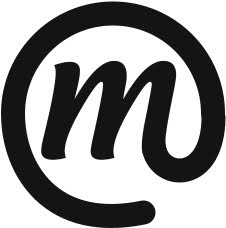Session focussed on groups progress on the project. Split into two groups of 5 we reviewed the work of those in the other group and considered:
Clarity, Intention, Attention grabbing properties, Fitness for purpose
Whole group the re convened to consider findings/criticisms of the work reviewed. There was a broad range of stages of development that individuals had achieved and some of the group had more successfully moved on than others.
For my own work I had gone through a range of directions:
• that of developing further the idea of "paste up" from my previous submission of two weeks ago in the format of a poster. As this was derived from my "pre Mac' " paste up idea which had really missed its audience (no other students in group who had really entered the graphics industry pre computer technology) I felt that I could no longer further this approach as it was never likely to be anything other than an "aesthetic" arrangements of graphic elements on a page.
• an exploration of arrangement of the information contained in 50 Things into categories with considerations for "sub categories" and how to graphically communicate this. I feel that as a starting point that this development was reasonably successful. If the work were to be furthered the final layout arrangement of elements and choices of colours for links would need to be reconsidered.; in fact some alternative graphic elements/visuals could be considered to enhance the readability and overall aesthetic of the outcome.
• an exploration of the idea that if I took the titles (without descriptors) of my 50 things and allowed them to be viewed out of context ie just as a random selection of titles/statements, then these could be seen as a vehicle for something alternative. In this case the idea that they might be seen a a random selection of T shirt slogans pithched as the sort of advert that might have been seen in some "1970's" music magazine (NME/Melody Maker etc). This I felt was reflected in my choice of typeface for the T shirt designs/advert/poster (Cooper Black). The intention was not to create a piece of work with a strong visual aesthetic but one of "pedestrian" design for straightforward communication of sales/merchandise linked to the idea of the "random" titles/statements as an extension of ideas generation. The use of chosen colours was entirely straightforward/basic (linked to the proposed purpose) and not intended to represent any further, considered or more refined applied aesthetic for the design. Had this been work as part of a major final project then I would have considered the manufacture of the actual T shirts to carry the idea forward (mentioned in the crit by the group). In retrospect I now wish that I had made up at least one shirt for effect and presentation!






